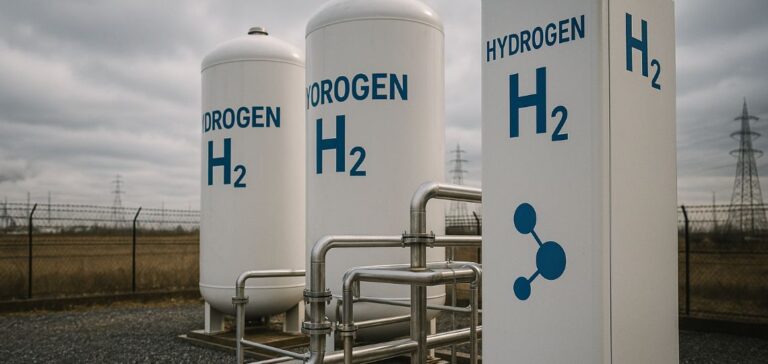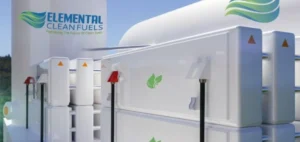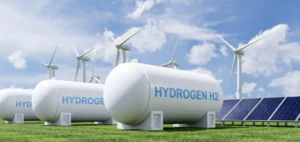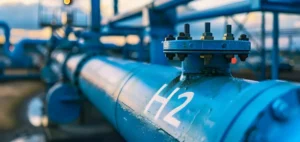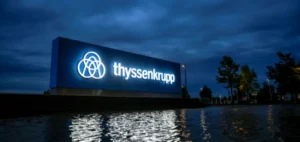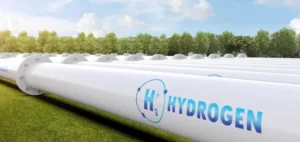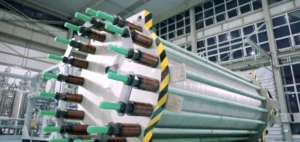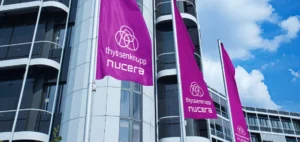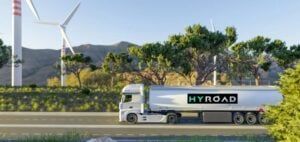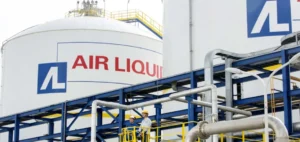The United Kingdom announced on 7 April the selection of 27 projects under the Second Hydrogen Allocation Round (HAR2), supporting low-carbon hydrogen production across its territory. These initiatives form part of the government’s Plan for Change, aiming to revitalise the country’s industrial centres and reduce emissions in high-intensity sectors.
This new wave adds to a previously funded set of 11 projects, including Whitelee Green Hydrogen in Scotland. These developments could attract over £1bn (approximately $1.26bn) in private sector investment by 2029, according to the Department for Energy Security and Net Zero. To date, £400mn has already been invested, creating more than 700 jobs in locations such as Milford Haven and High Marnham.
Industrial hydrogen deployment and sector diversification
The shortlisted projects target energy-intensive sectors such as ammonia production, brick manufacturing, glass, clean power generation, and sustainable aviation fuel production. The government has emphasised a large-scale industrial decarbonisation strategy based on hydrogen generated by electrolysis using renewable electricity.
Among the beneficiaries of the first round, the Bradford Low Carbon Project will develop a 10.6 MW alkaline electrolyser to supply hydrogen to heavy-duty mobility equipment. In Scotland, the Cromarty Hydrogen Project, led by Scottish Power and Storegga, will use electricity from nearby wind farms to power an 11 MW electrolyser serving local industries.
Job creation and structuring a national supply chain
The HAR2 initiative reflects a commitment to revalue technical trades in industrial regions. It includes opportunities for apprentices, engineers, welders, and maintenance operators. Emphasis is also placed on the development of energy hubs and local supply chains across England, Scotland, and Wales.
According to Industry Minister Sarah Jones, the HAR2 programme allows for the commercial-scale deployment of hydrogen in the UK for the first time. Implementing these projects will support economic growth and the government’s ambition to become a clean energy power.


